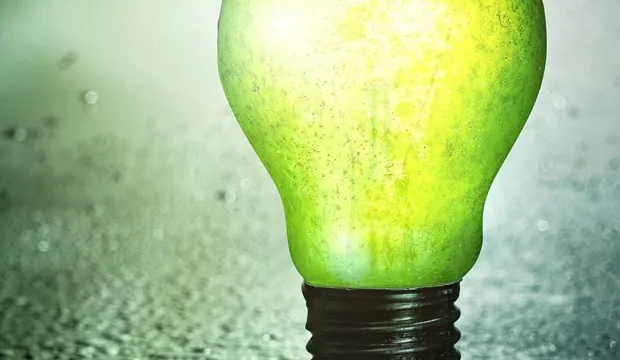
Investigating lamp brightness
Investigating how lamp brightness changes with different voltages
Lamps produce light when connected to an appropriate power supply, such as a battery. Investigating how different battery voltages affect their brightness is key to understanding how series electrical circuits work.
In this fun exercise for KS2, students will construct three separate lamp circuits: one powered by a single AA battery, one powered by two AA batteries and one powered by three AA batteries. Students will learn about current, voltage and how simple series circuits work.
Activity: Investigating lamp brightness
This resource is part of a collection of free STEM resources developed to support the teaching of the primary national curriculum. They are designed to support the delivery of key topics within science and design and technology. This resource focuses on the investigation of how different supply voltages affect the brightness of a lamp.
This activity could be used as a one-off activity or as part of a wider unit of work focusing on electricity and electrical circuits. It can be completed as individuals or in small groups, dependent on the components available.
The class will first discuss the uses of electricity and give examples of products powered by it. This would be a good time to introduce the students to the concepts of current and voltage.
Learners will then assemble three different lamp circuits, each powered by a different number of AA batteries.
Crocodile clips should be used to assemble the circuits for ease of connection and modification by learners. The batteries should be placed in battery holders and the lamp in a lamp holder for ease of connection.
Download our activity sheet for a step-by-step guide on how to assemble each series circuit.
How long will this activity take?
This activity will take approximately 45-75 minutes to complete.
Tools/resources required
Parts and components:
- Red and black crocodile clips
- 1.5 V AA batteries and holders with wires
- 4.5 V lamps and holders
The engineering context
Engineers need to be able to understand how basic electrical circuits work. This includes current flow and how supply voltage affects the brightness of lamps in simple series circuits. This knowledge could be used when investigating, designing, or making electrical and electronic circuits in the future.
Suggested learning outcomes
By the end of this activity students will have an understanding of what is meant by the terms current and voltage, they will have an understanding of why the brightness of a lamp changes with the number and voltage of the batteries that it is connected to, and they will be able to construct simple series circuits using batteries, lamps and crocodile clips.
Download the free Investigating lamp brightness activity sheet below!
All activity sheets and supporting resources are free to download, and all the documents are fully editable, so you can tailor them to your students’ and your schools’ needs.
The activity sheet includes teacher notes, guidance, useful web links, and links (where appropriate) to the national curriculum in each of the four devolved UK nations; England, Northern Ireland, Scotland and Wales.
Please share your classroom learning highlights with us @IETeducation.




